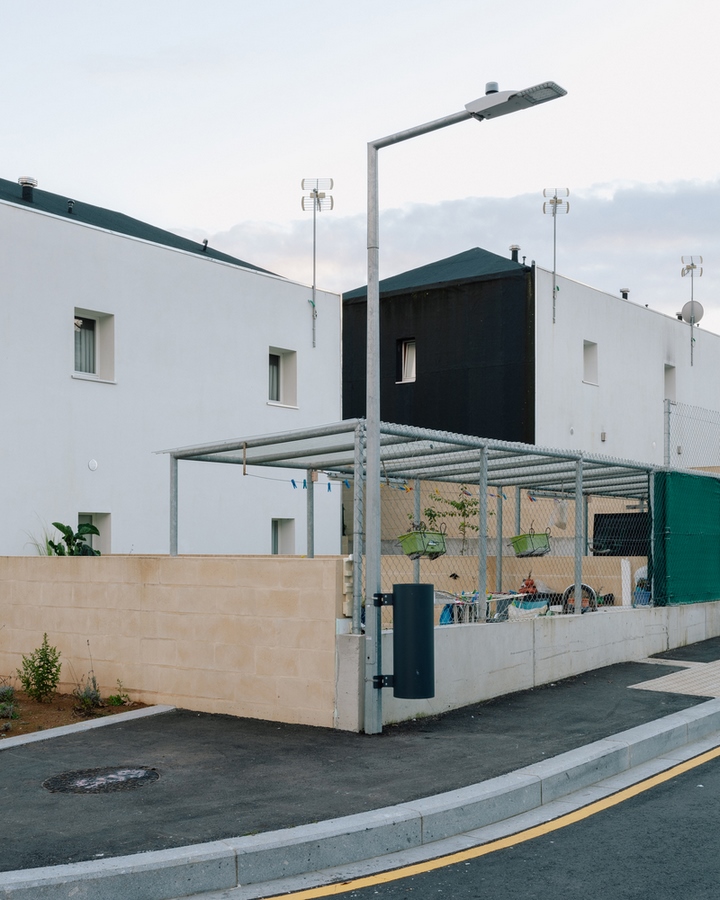Restoring Urban Character: São João de Deus Social Housing

Context and Evolution
The São João de Deus social housing neighborhood in Porto, Portugal, initially adhered to the principles of the British ‘Garden City’ movement, featuring small-scale buildings arranged logically across the landscape. However, over time, the area underwent significant alterations, deviating from its original character and suffering from unplanned construction, leading to social and residential challenges.
Urban Restoration Initiative
The restoration project aims to revive the original design ethos of the neighborhood, emphasizing the harmonious interplay between architectural scale, public spaces, and natural surroundings. Drawing inspiration from the area’s 1940s intervention, the endeavor seeks to reintroduce the balanced relationship between volumetric elements and the topographical context.

Transformation and Rationality
Existing constructions undergo a transformation that restores their original volumetrics while infusing them with a contemporary aesthetic rooted in architectural rationality. The reconfiguration of typologies prioritizes spacious, high-quality apartments adaptable to modern living standards while complying with current regulations.
Sustainable Renovation Principles
The renovation process adheres to a radical principle of scale economy, focusing on essential construction elements and thorough maintenance. Technical decisions, such as standardized window and door details and strong insulation of external walls, ensure sustainable transformation while optimizing energy efficiency and longevity.

New Constructions and Integration
New buildings complement the existing complex, expanding housing availability while respecting the architectural and urban context. Parallelepiped volumes seamlessly integrate with the topography and utilize consistent window designs, fostering an organic transition between urban and natural landscapes to the south.
Conclusion
The restoration of São João de Deus social housing epitomizes a holistic approach to urban revitalization, marrying historical preservation with contemporary functionality and sustainability. By reinstating the neighborhood’s original character and enhancing its livability, the project embodies a testament to the enduring value of architectural heritage in fostering vibrant communities.























